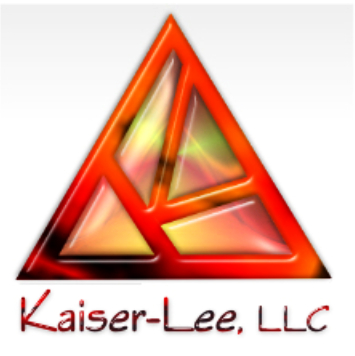Lately I’m experimenting with Papyros Paper and have made several discoveries. Today I want to share my latest with you. Laura P. once mentioned that she places Papyros Paper on top of a luminescent glass, when she slumps it, after she fused the luminescent side down in the first firing.
With the Kaiser Lee Board molds we generally full fuse and slump in one firing. Until now, I told everyone, that they have to use a reverse fusing mold, if they wanted to keep the luminescent glass on top. The piece that you see in the picture is actually on a reverse fusing mold and I added a yellow luminescent square on the back to stabilize the foot of the dish. This way I had nothing to lose if the piece did not turn out the way I wanted it. (Yes, I hate to waste glass). I covered the yellow square with a piece of Papyros Paper that was slightly larger than the yellow square.
I fired it all the way up to 1420°F (770°C) and hold for 10 minutes. It amazes me, that the Papyros Paper did not leave any grayish residue or marks on the glass, not even on the black. And yes, the luminescent did not fire off.
Let me know what you think in the comment section below. And to be the first to hear about all the other fun things that will come up in the near future, please subscribe to this blog.













You must be logged in to post a comment.